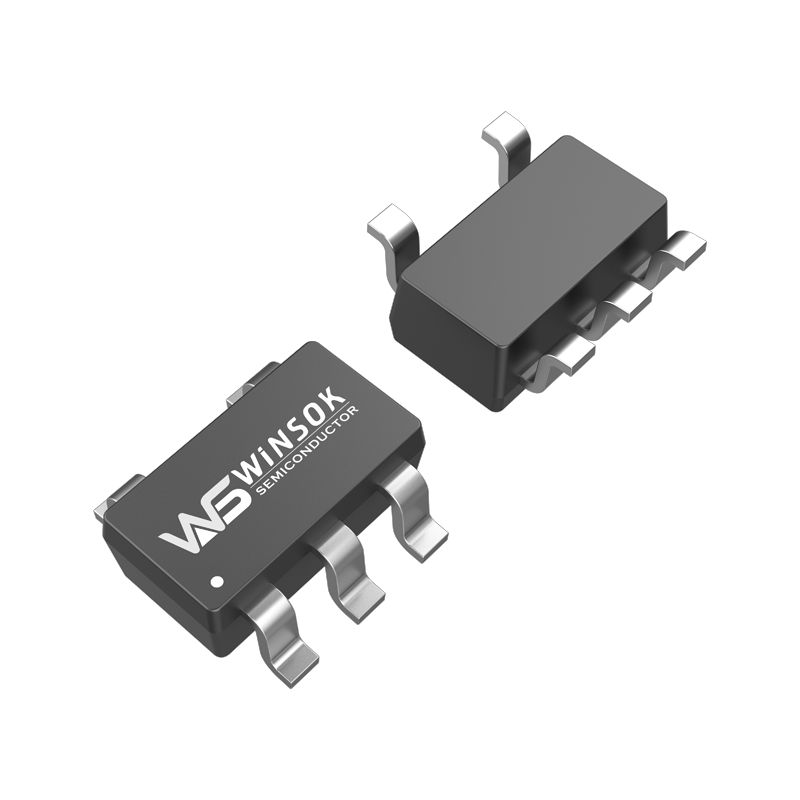Ever wondered what could make your electronic devices even more energy-efficient? The answer might lie in the fascinating world of transistors, specifically in the difference between TFETs (Tunnel Field-Effect Transistors) and MOSFETs (Metal-Oxide-Semiconductor Field-Effect Transistors). Let’s explore these amazing devices in a way that’s easy to understand!
The Basics: Meet Our Contestants
MOSFET
The current champion of electronic devices, MOSFETs are like reliable old friends who have been powering our gadgets for decades.
- Well-established technology
- Powers most modern electronics
- Excellent performance at normal voltages
- Cost-effective manufacturing
TFET
The promising newcomer, TFETs are like the next-generation athlete training to break all previous records in energy efficiency.
- Ultra-low power consumption
- Better performance at low voltages
- Potential future of electronics
- Steeper switching behavior
Key Differences: How They Work
| Feature | MOSFET | TFET |
|---|---|---|
| Operating Principle | Thermionic emission | Quantum tunneling |
| Power Consumption | Moderate to High | Very Low |
| Switching Speed | Fast | Potentially Faster |
| Maturity Level | Highly Mature | Emerging Technology |
Fun Fact
Did you know? While a MOSFET works like a water faucet controlling water flow, a TFET is more like a quantum tunnel where electrons magically appear on the other side of a barrier – just like in science fiction movies!
Understanding the Working Principles
MOSFET Operation
Think of a MOSFET as a highway with a toll gate. The gate voltage acts like the toll booth operator, controlling how many electrons (cars) can pass through. When enough voltage is applied, electrons flow freely from source to drain.
TFET Operation
A TFET is more like a teleportation device. Instead of climbing over the energy barrier like in MOSFETs, electrons “tunnel” through it – a quantum mechanical phenomenon that makes TFETs incredibly energy efficient at low voltages.
Why This Matters
As our devices get smaller and more portable, power efficiency becomes crucial. TFETs could be the key to extending battery life in future smartphones and enabling new types of ultra-low-power electronics!
Practical Applications
Where MOSFETs Excel:
- Current smartphones and tablets
- Laptop and desktop computers
- Power supplies and voltage regulators
- Industrial equipment
Where TFETs Could Shine:
- Ultra-low power wearables
- Medical implants
- Environmental sensors
- Space electronics
Performance Comparison
Performance Curve
│
Ion │ MOSFET ━━━
│ ┏━┛
│ ┏━━┛ TFET ----
│ ┏━┛ ┏━━━━
│━┛ ┏━━┛
└────────────────────
Vgs (Gate Voltage)
Current (Ion) vs Gate Voltage (Vgs) characteristics
Key Insight
TFETs achieve steeper subthreshold swing than MOSFETs, meaning they can switch from OFF to ON state more efficiently at lower voltages. This is what makes them perfect for low-power applications!
Advantages and Limitations
MOSFET Benefits
- Proven reliability
- High current drive capability
- Mature fabrication process
- Wide operating voltage range
MOSFET Limitations
- Theoretical limit of 60mV/decade
- Higher power consumption
- Leakage current issues
- Performance degradation at small scales
TFET Benefits
- Sub-60mV/decade possible
- Extremely low power consumption
- Better scaling potential
- Lower leakage current
TFET Limitations
- Lower ON current
- Manufacturing challenges
- Material constraints
- Temperature sensitivity
Common Questions and Answers
Can TFETs completely replace MOSFETs?
Not likely in the near future. TFETs and MOSFETs will probably coexist, each serving different applications based on their strengths. TFETs are more likely to complement MOSFETs in specific low-power applications.
What makes TFETs more energy efficient?
TFETs achieve better energy efficiency through quantum tunneling instead of thermionic emission, allowing for steeper subthreshold swing and better performance at lower voltages.
What are the main challenges in TFET development?
The primary challenges include:
- Achieving high ON current
- Developing reliable manufacturing processes
- Finding optimal material combinations
- Maintaining performance consistency
Future Outlook
Emerging Applications
- Internet of Things (IoT) devices
- Energy harvesting systems
- Neural network hardware
- Quantum computing interfaces
Development Challenges
- Manufacturing scalability
- Cost optimization
- Performance consistency
- Integration with existing technologies
Research and Development Trends
Current Focus Areas
- Novel material combinations
- Heterojunction optimization
- 3D integration techniques
- Hybrid TFET-MOSFET circuits
Technology Evolution Timeline Past Present Future │ │ │ │ MOSFET │ TFET │ │ Dominance│Development │ │──────────│───────────│ │ │ │ └──────────┴───────────┘ Mature Emerging
Want to Learn More?
Explore the latest research papers and developments in TFET technology to stay updated with this rapidly evolving field.
Additional Resources
To deepen your understanding of these technologies:
- Technical papers on TFET development
- Simulation software for device modeling
- Online courses in semiconductor physics
- Industry conference proceedings
























